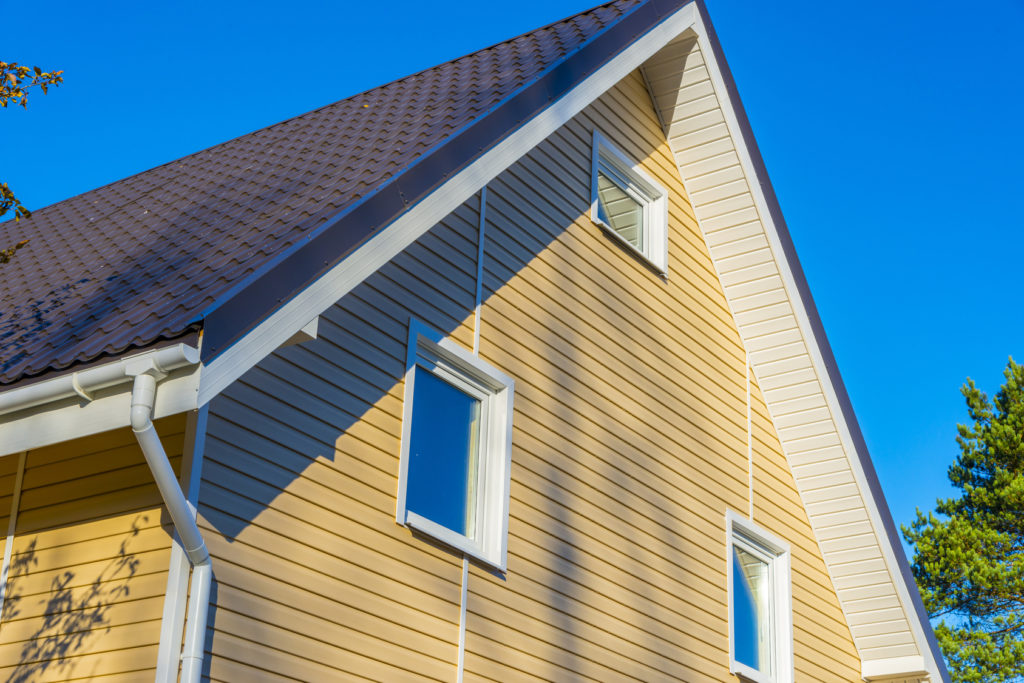Why Your Windows and Sidings are Essential to Your Energy Costs
May 31, 2023Why Your Windows and Sidings are Essential to Your Energy Costs
Environmentally-conscious homeowners are always on the go to make their home more energy efficient. However, saving Mother Earth has become more than reducing your carbon footprint. It’s about saving your wallets, too. Besides the obvious expenses we have to pay for not caring for the environment, choosing to ignore the energy efficiency of your home can mean plenty of dollars leaking from your pocket each month. Although energy efficient improvements may take time, here are two major elements that are absolutely essential to your energy costs: your windows and siding.
What’s going on with Your Windows?
Part of the effort to reduce your energy expenditure is to reduce wasted energy. Unfortunately, 30% of the heating and cooling energy is lost through air leak. As House Logic notes, an average home experiences their most significant air leakage around windows and doors, causing home heating and cooling dollars to vanish ruthlessly in the wind. Considering that an average American family has at least more than four windows around the house, you can expect lots of your money leaking out of your home (and around the clock, too).
To assess the condition of your windows, homeowners can hold a candle near the sill of a closed window on a windy day to watch for bending flame. If a leaky window is relatively new, homeowners can tackle some easy DIY caulking or seal-up projects to stop the leak and save 5% to 10% in energy bills. For older windows, it’s probably good to consider investing in energy efficient windows.
Why You Should Care About Your Home’s Siding?
Sidings, on the other hand, are like a shield around your home. Not only do they protect your home from inclement weathers and windblown elements, they can also play a vital part in your energy efficiency too. Typically, homeowners can determine the efficiency of their siding by checking for its R-value, which is a number that describes the siding material’s capacity to resist heat flow. According to Siding Price Guides, while most energy experts suggest at least an R-13 energy efficiency for your sidings, most siding materials have an R-value of less than 1.
Unlike traditional sidings, thermal sidings are created with an extra layer of thermal insulation. As Home Advisor explains, whereas other siding materials leave an empty space between the siding material and exterior wall of your home for air infiltration, “thermal vinyl siding fills that gap with a permanent insulation backing attached to the siding panels themselves.” They can save you approximately 20% in your annual energy bill, while most are designed to withstand winds of 170 to 235 mph.
Save the Environment, Save Your Wallet
Windows and sidings are essential to your energy costs because they are critical leaky points around your home. According to Energy.gov, the American family uses an estimated 22.5% of the country’s energy. While a typical home spends roughly $2,200 a year on home utility bills, a lot of energy is wasted through leaky windows or ducts, old appliances, or inefficient heating and cooling systems.” Consequently, boosting your energy efficiency can help lower the amount by as much as 25%. So let’s get started with some small home improvement projects and recapture those losses one patch at a time.


